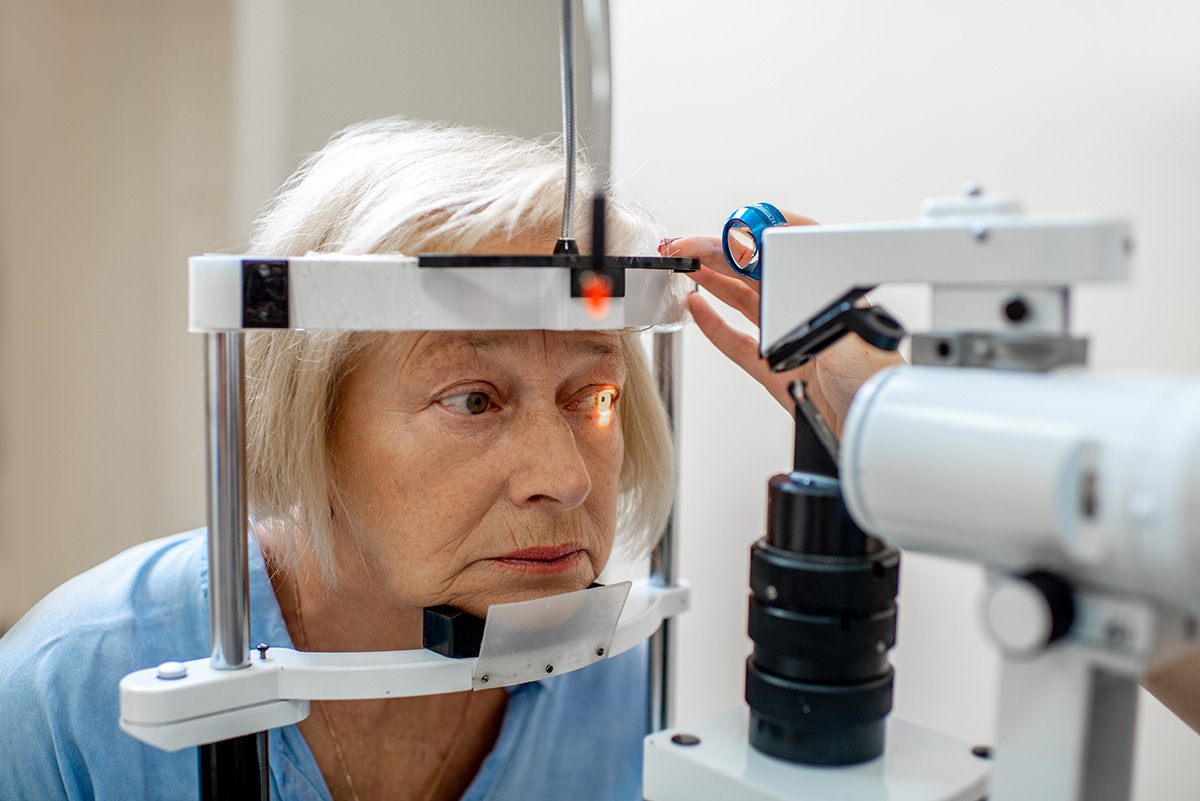January is Glaucoma Awareness Month, and it’s important to understand this condition and the risk it poses to your eyesight. Glaucoma is a serious eye disease that affects millions of Americans every year and can lead to permanent vision loss if not treated. Here’s what you need to know about glaucoma, its causes, treatments, and why regular visits to the eye doctor are essential to preventing this condition.
What is glaucoma?
Glaucoma is a group of eye diseases where the optic nerve becomes damaged due to increased pressure in the eyeball. This pressure occurs when fluids in the eye don’t flow properly. If not caught early and treated correctly, glaucoma can lead to permanent vision loss.
There are two main types of glaucoma—open-angle glaucoma and angle-closure glaucoma. Open-angle glaucoma is more common and develops slowly over time, whereas angle-closure glaucoma can cause sudden vision loss. It occurs when the angle between the iris and cornea narrows quickly or closes completely.
Common causes of glaucoma
The exact cause of glaucoma isn’t known but there are certain risk factors associated with this condition including:
- Age (it’s more common in older adults)
- Family history
- Race (African Americans are at higher risk)
- Poor vision health
- Systemic diseases such as diabetes or high blood pressure
- Certain medications
- Trauma to the eyes or head
Treatments for glaucoma
If you have been diagnosed with glaucoma, your doctor will most likely recommend a combination of treatments, such as medicated eyedrops or laser surgery, depending on your specific case. The goal of treatment is usually to reduce eye pressure so that further damage doesn’t occur. In some cases, doctors may also prescribe oral medications or surgery if necessary. Patients must follow their doctor’s orders closely for treatment to be effective long term.
Regular visits to the eye doctor are key
An eye doctor should be consulted anytime you experience vision changes or suspect that something might be wrong with your eyesight. An optometrist will perform a full exam which includes tests for visual acuity and refractive error. They will also check for signs of glaucoma such as elevated intraocular pressure (IOP). If there is any indication of glaucoma, further testing will be conducted to make an accurate diagnosis and determine the best course of treatment.
With proper diagnosis and treatment from an experienced optometrist, patients can successfully manage their symptoms and protect their eyesight. Schedule a visit at Greene & Greene Optometry today to learn how our eye care professionals can help you stay healthy and see clearly!

